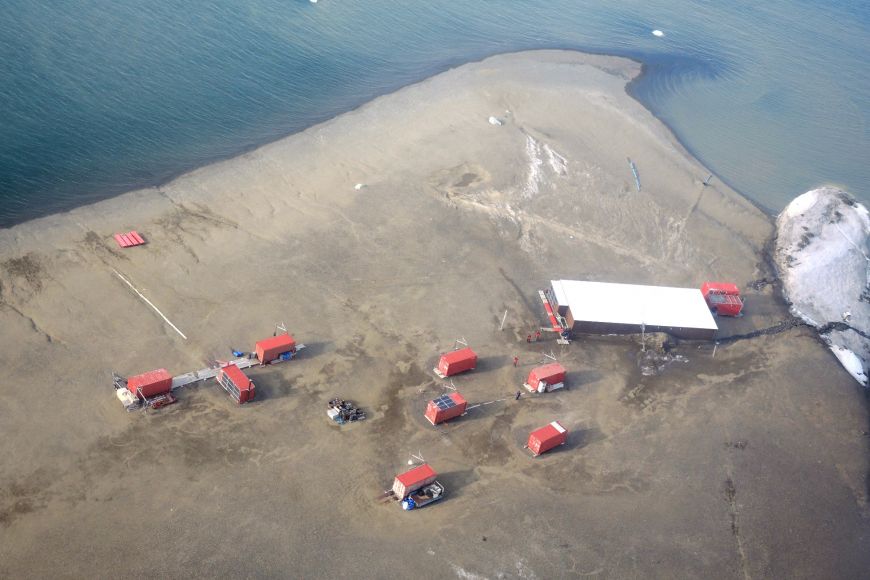Microbiologists from the Faculty of Science at Masaryk University (MU) have described another hitherto unknown species of bacterium that is endemic to Antarctica. They discovered the bacterium in samples, which they have collected since 2007 on James Ross Island, the location of the university’s J. G. Mendel research station. Just like the station, the new soil microorganism has been named Pseudomonas gregormendelii after Johann Gregor Mendel, the father of genetics.
So far, the Antarctic samples, which are being examined by experts at the laboratories of the Czech Collection of Microorganisms, have yielded more than 600 strains of bacteria of the genus Pseudomonas. The investigation carried out so far shows that many of them are unique and it is likely that they are entirely new species.
“The recently described Pseudomonas gregormendelii is psychrophilic (‘cold-loving’); the bacteria propel themselves along using their flagella and the species is similar to another bacterium named Pseudomonas prosekii that we described three years ago,” says Marcel Kosina, who helped to describe both bacteria as a PhD student at MU.
Pseudomonas gregormendelii is drawn from many samples taken in different locations around the station and has been isolated several times during expeditions to Antarctica. As Kosina adds, “It is one of the bacteria typical of this area.” The paper describing the discovery of the new bacterium will be published in Current Microbiology, a prestigious academic journal.
The researchers who use the Antarctic station do not focus solely on bacteria. Professor Miloš Barták, who works at the Department of Experimental Biology, Faculty of Science at Masaryk University, describes other findings of their ongoing research: “We also study physiological mechanisms that help Antarctic lichens resist increased doses of ultraviolet radiation they face during periods of so-called ozone anomaly. We have found that various species are very resistant to even strong radiation.”

Experts subjected five species of lichen to amounts of UV radiation that were approximately three times higher than the radiation that reaches the Earth during a period of ozone anomaly. Despite this, they observed only a minor decrease in the speed of photosynthesis. “This is due to various absorbing substances present in the lichens’ thalli that significantly decrease the likelihood of damage to their photosynthetic components. However, we registered large differences among the ability of the observed species to continue creating these substances and keep them functional in case of very strong or long-term exposure to UVB radiation,” says Barták, adding that they are continuing to explore the characteristics of these substances and how they could be used.
